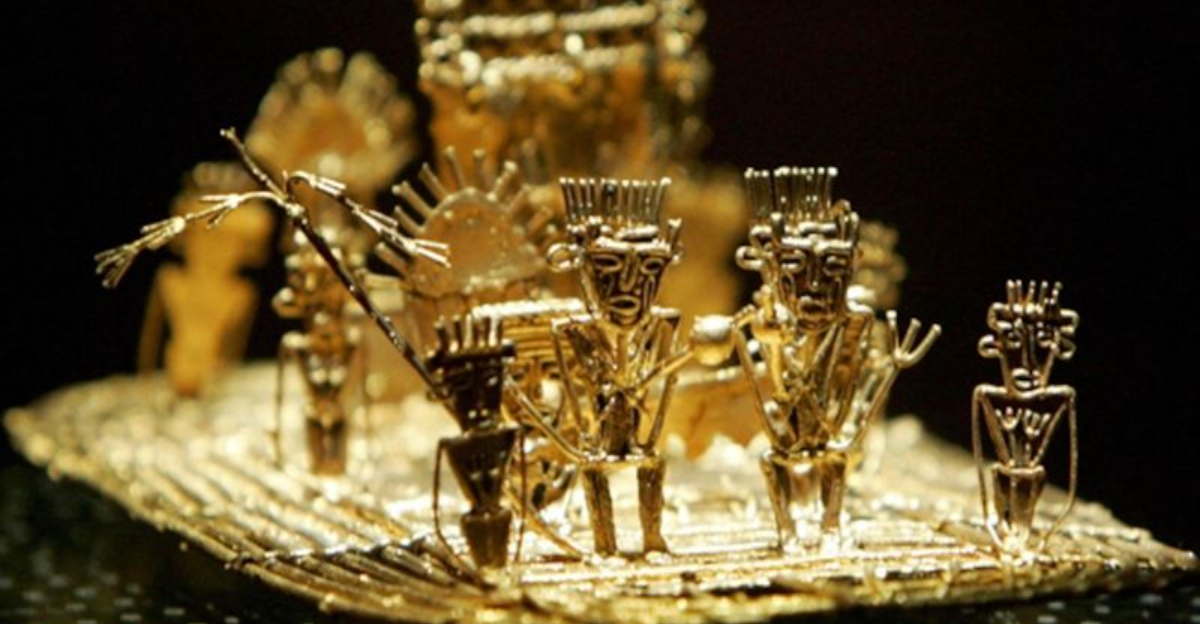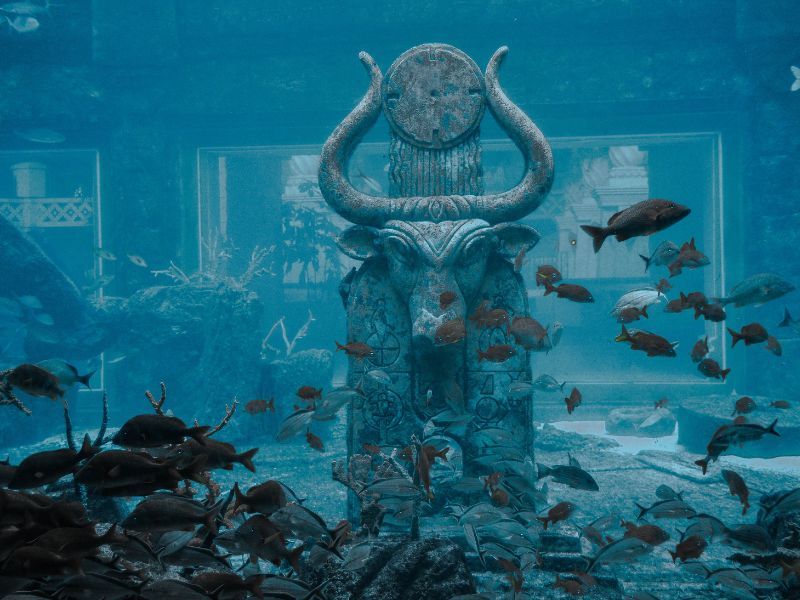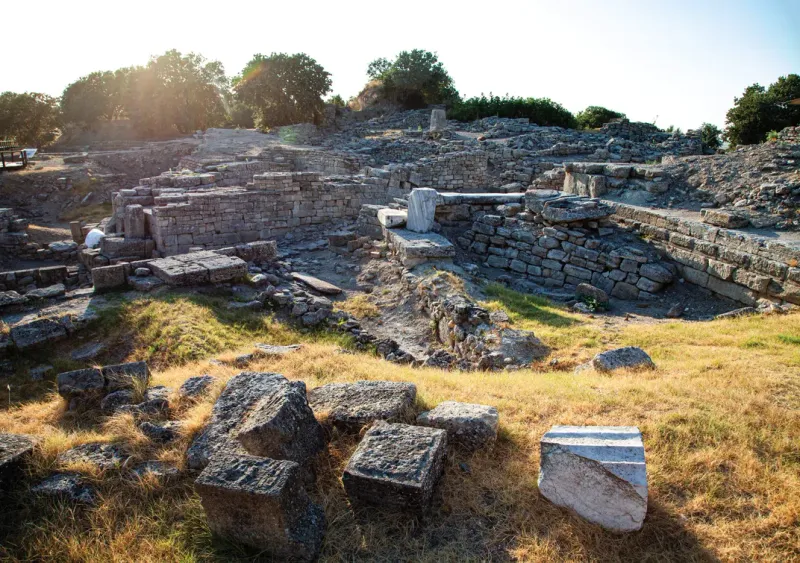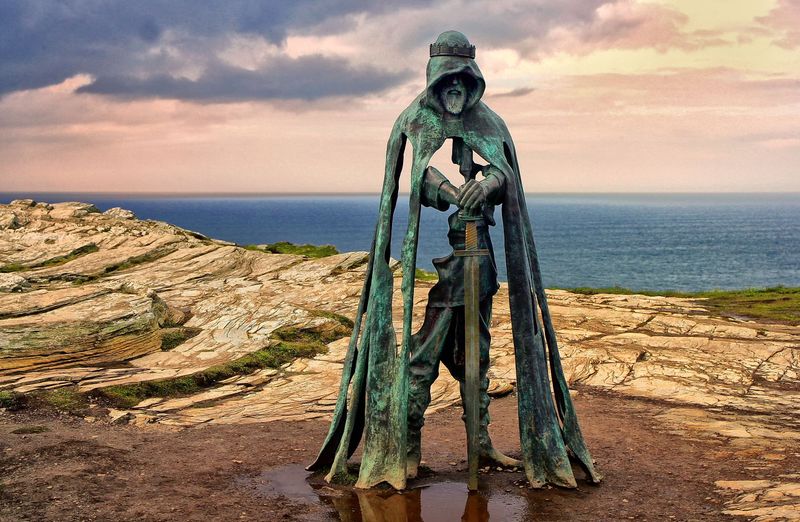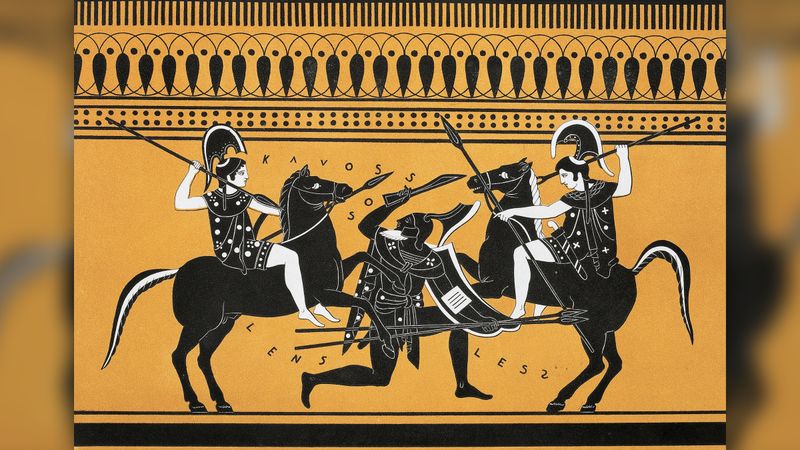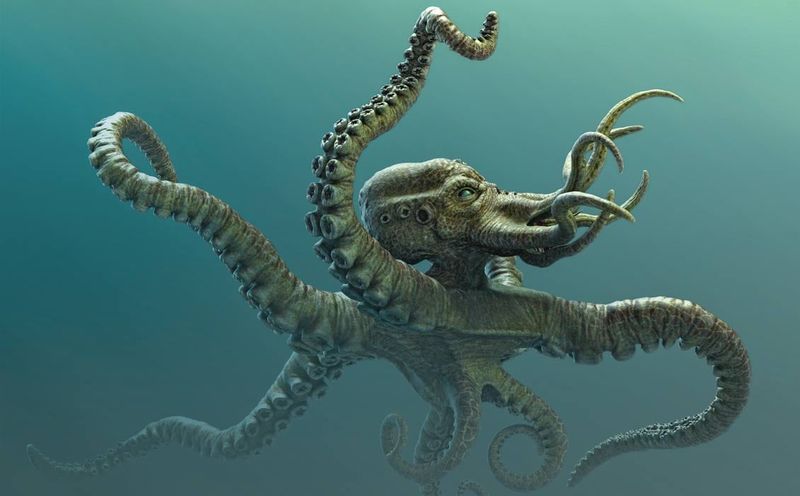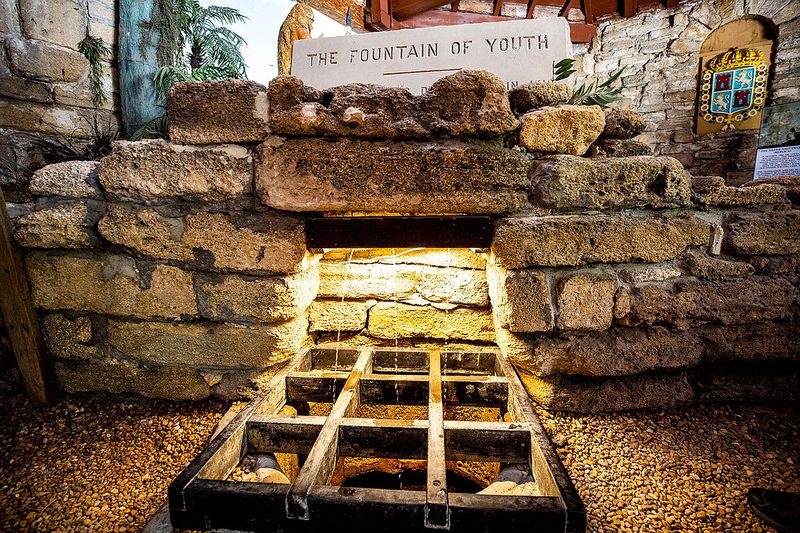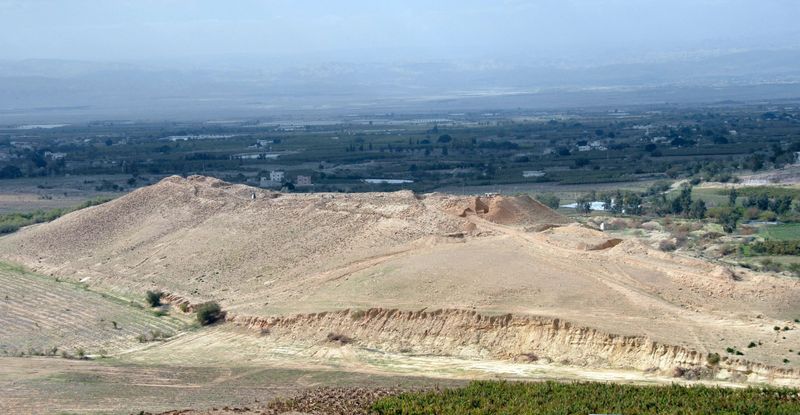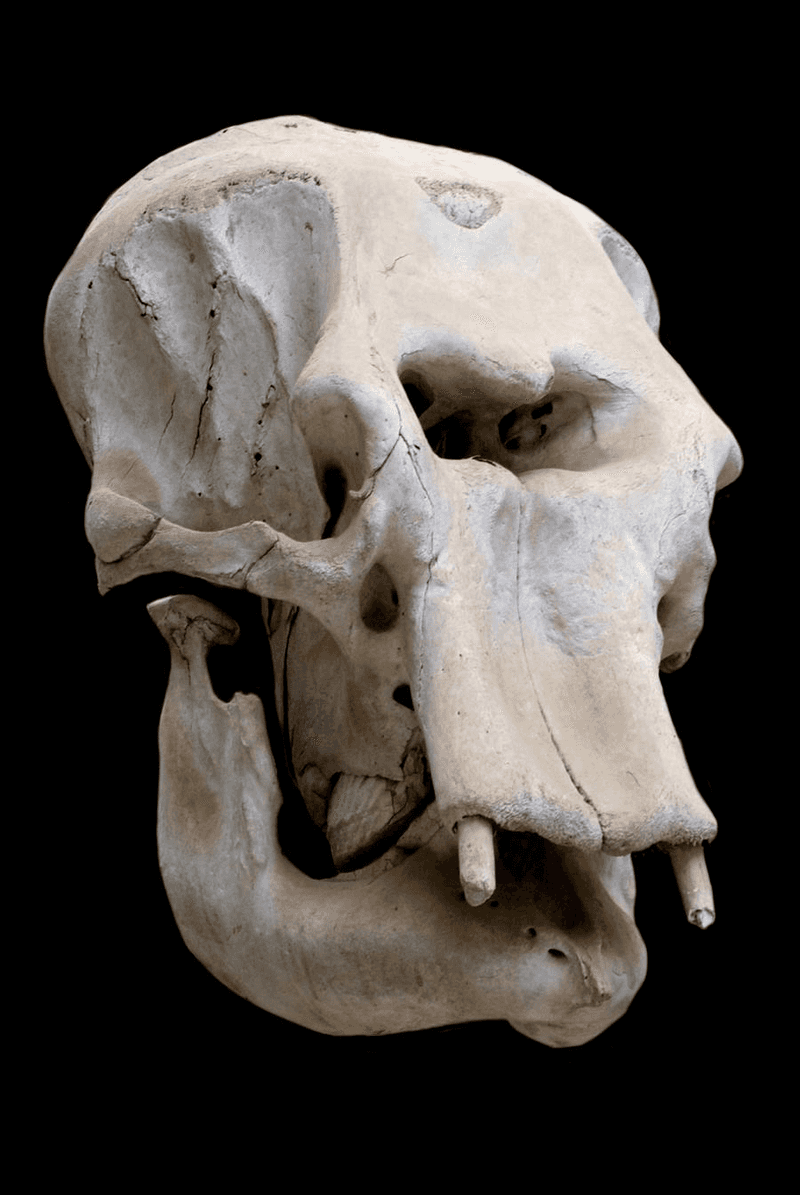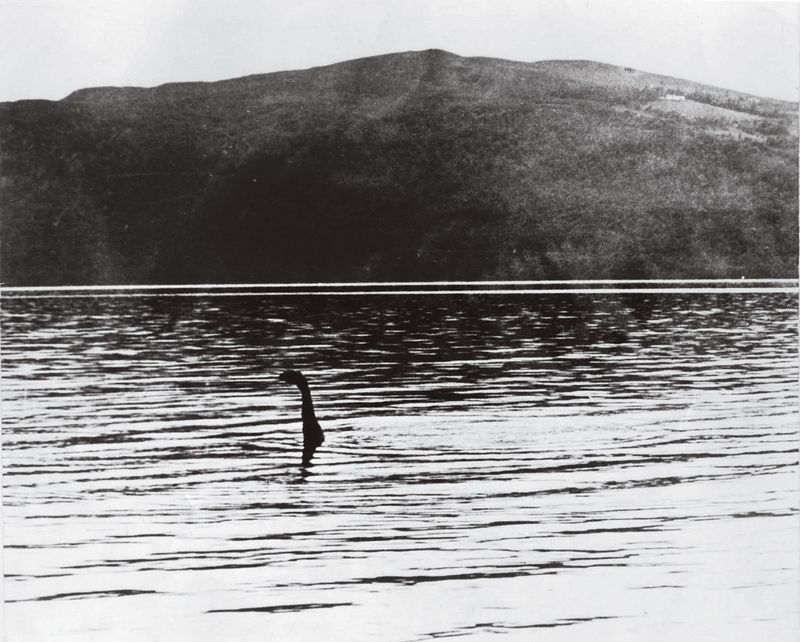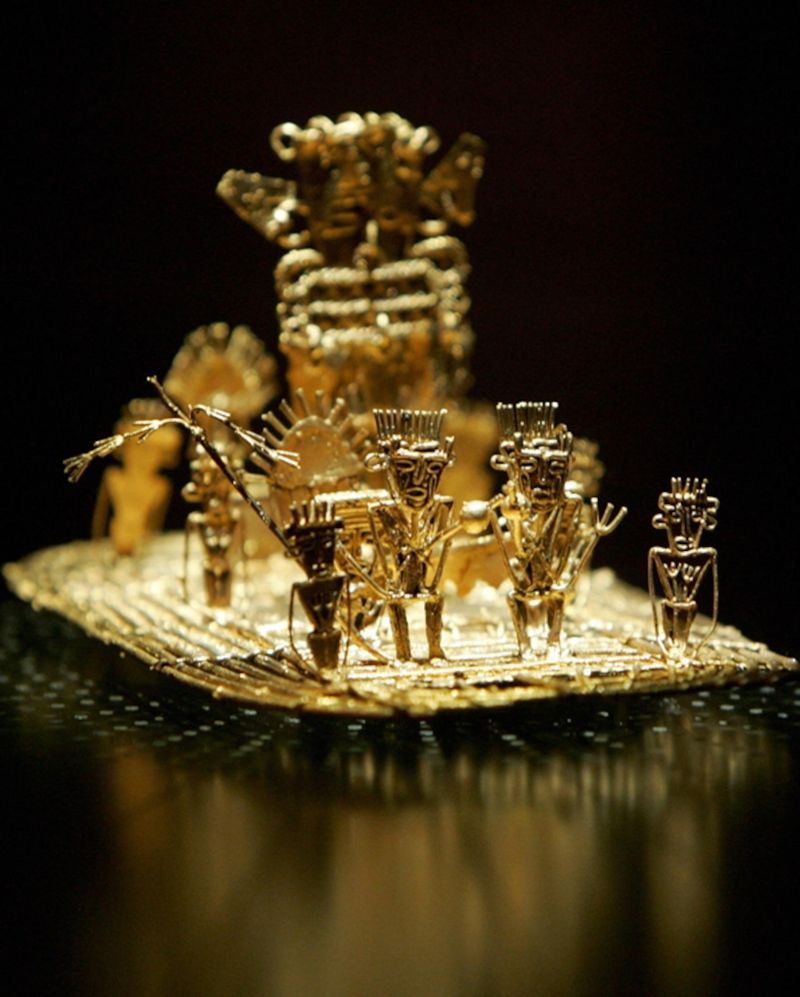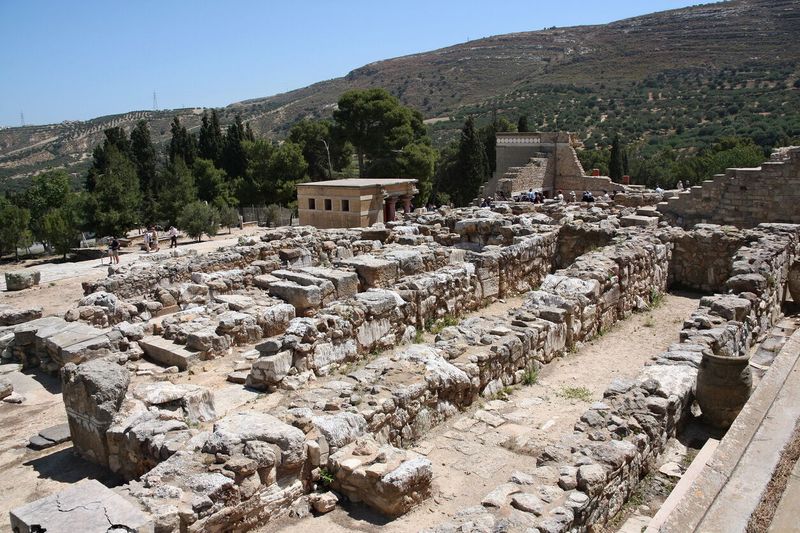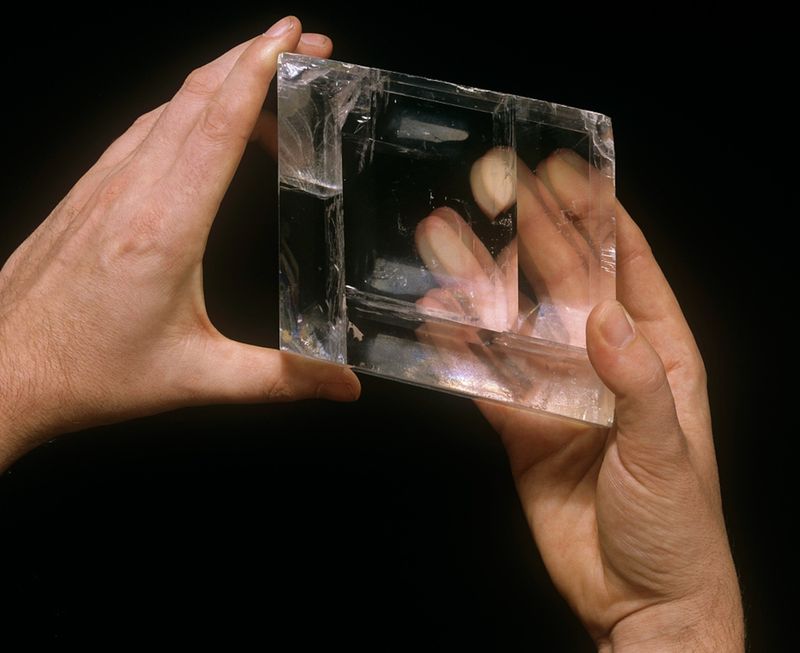Explore the compelling world of lore and history, where myth meets reality. Here, we delve into 13 legends that historians believe might hold truths. From ancient cities lost to the sands of time to mythical creatures that might have been real, each story carries a whisper of the past, beckoning us to uncover its secrets. Join us on a journey through time and imagination, where every tale is both a mystery and a revelation.
1. The Lost City of Atlantis
Plato’s tale of Atlantis, a city consumed by the sea, may have roots in the volcanic destruction of the Minoan civilization. Around 1600 BCE, a catastrophic eruption on Santorini buried these Bronze Age cities in ash. Intricate frescoes and advanced architecture unearthed match Plato’s vivid descriptions. While no definitive proof ties the Minoans to Atlantis, their story is a tantalizing thread in the tapestry of history, where myth and reality intertwine in the whispers of the past.
2. The Trojan War
Were the epic battles of the Trojan War mere fiction, or did they echo through time? Excavations in modern Turkey have revealed the ruins of Troy, hinting at a city besieged by legendary conflict. Burn layers and weapons found at the site align eerily with Homer’s Iliad, painting a picture of warfare and heroism. As archaeologists delve deeper, the line between myth and history blurs, inviting us to ponder the truths hidden within epic poetry. The story of Troy continues to captivate, a testament to our enduring fascination with the past.
3. King Arthur & Camelot
In the mists of time, where fact and legend weave a delicate dance, lies the tale of King Arthur. Historians suggest Arthur might have been a real 5th-century warlord, defending Britain against Saxon invaders. The Historia Brittonum mentions an Arthur who won 12 fierce battles. While the existence of Camelot remains elusive, archaeological finds hint at fortified settlements reminiscent of Arthurian lore. The legend endures, a symbol of hope and heroism, inspiring generations with the timeless story of a leader who would be king.
4. The Amazons
In an era dominated by men, tales of the fierce Amazons defied the norm. Recent discoveries in Scythian burial mounds reveal women buried with weapons, mirroring Greek descriptions. DNA analysis confirms these women were battle-scarred, archers standing tall in the annals of history. The Amazon legend, once thought pure myth, gains credibility with each archaeological find. These warrior women echo through time, challenging perceptions and inspiring a reevaluation of history’s narratives. Their legacy is one of strength and prowess, a testament to the power of belief and evidence.
5. The Kraken
Beneath the ocean’s depths, where light barely penetrates, lurks the legend of the Kraken. Sailors’ tales of monstrous sea creatures may have been inspired by the real giant squid, Architeuthis, a behemoth of the deep. With some specimens exceeding 40 feet, their size alone feeds the myth. Squid beaks discovered in sperm whale stomachs lend credence to these stories. The Kraken captures our imagination, a testament to the mysteries of the sea, where the boundaries between legend and reality dissolve in the depths of our collective consciousness.
6. The Fountain of Youth
Amidst the wilds of Florida, whispers of a spring with miraculous healing powers gave birth to the legend of the Fountain of Youth. Ponce de León’s quest for eternal life may have been inspired by indigenous tales of rejuvenating waters. These natural springs, celebrated long before European arrival, remain shrouded in mystery. Each ripple in their surface tells a story of hope and desire, a yearning for what lies just beyond reach. The Fountain’s allure endures, a symbol of humanity’s eternal quest for vitality and immortality.
7. The Biblical Sodom & Gomorrah
In the pages of the Bible, Sodom and Gomorrah stand as cautionary tales of divine retribution. Recent excavations at Tall el-Hammam in Jordan suggest a Bronze Age city obliterated by a cosmic airburst. Melted pottery and architectural remnants speak of sudden, extreme heat, akin to the Tunguska event. While debates continue, the possibility that these cities inspired biblical accounts invites us to reconsider ancient narratives. Sodom and Gomorrah, whether myth or history, serve as enduring symbols of human fallibility and the mysteries of our past.
8. The Cyclops
The one-eyed Cyclops of Greek legend may have roots in a misunderstanding. Ancient Greeks could have mistaken the skulls of dwarf elephants, with their large central nasal cavity, for the monstrous heads of giants. Fossils found on Crete and Sicily lend weight to this theory. The Cyclops embodies the human tendency to mythologize the unknown, transforming bones into fantastic creatures. As we explore the past, the Cyclops stands as a reminder of the stories we create to explain the wonders and mysteries of the world around us.
9. The Hanging Gardens of Babylon
The Hanging Gardens, a marvel of the ancient world, may have been more than mere myth. Some scholars propose these gardens were not in Babylon but Nineveh, crafted by the Assyrian king Sennacherib. Advanced irrigation systems described in ancient texts align with this possibility. The gardens, whether in Babylon or elsewhere, symbolize human ingenuity and the desire to create paradise on Earth. They remain an enigma, a testament to the creativity and ambition of ancient civilizations, wrapped in the allure of mystery and legend.
10. The Loch Ness Monster
In the mist-shrouded waters of Loch Ness, the legend of Nessie stirs imagination and intrigue. Some speculate that this elusive creature could be a plesiosaur-like relic or perhaps a giant sturgeon. Sonar readings reveal unexplained movements deep within the loch, fueling the mystery. Nessie captivates the curious, a symbol of the unknown lurking in familiar places. Whether creature or myth, the Loch Ness Monster endures as a captivating narrative, drawing both skeptics and believers to its enigmatic depths, where reality and legend intertwine.
11. El Dorado
The allure of El Dorado, a city of gold, captivated explorers and adventurers alike. Inspired by the Muisca people’s rituals in Colombia, where a chief adorned in gold dust was celebrated, the legend took root. Golden artifacts discovered in Lake Guatavita resonate with Spanish accounts, adding layers to the tale. El Dorado represents the eternal quest for riches and the lengths humanity will go to achieve dreams of wealth. It remains an enduring story of ambition and discovery, a testament to the power of myth and the mysteries it conceals.
12. The Minotaur’s Labyrinth
The Minotaur, a creature of myth, may have been inspired by the intricate Palace of Knossos on Crete. Its complex layout, coupled with prominent bull imagery, could have birthed the labyrinth legend. Sacrificial altars discovered at the site suggest rituals that further fuel the myth. The Minotaur’s labyrinth stands as a symbol of the human fascination with monsters and mazes, where fear and curiosity blend. This legend continues to intrigue, a woven tale of architecture and imagination that endures in the corridors of history.
13. The Viking “Sunstone”
Navigating the treacherous seas, Vikings may have wielded the mythical sunstone to guide their voyages. Icelandic spar, a crystal that polarizes light, is thought to have been their tool of choice. A crystal discovered in a 16th-century shipwreck supports Norse legends of sunstone navigation. This tool represents human ingenuity, a testament to Viking exploration and their adaptation to harsh environments. The sunstone remains a symbol of the mysteries of ancient navigation, guiding us through the fog of history with its enduring legend of innovation.
